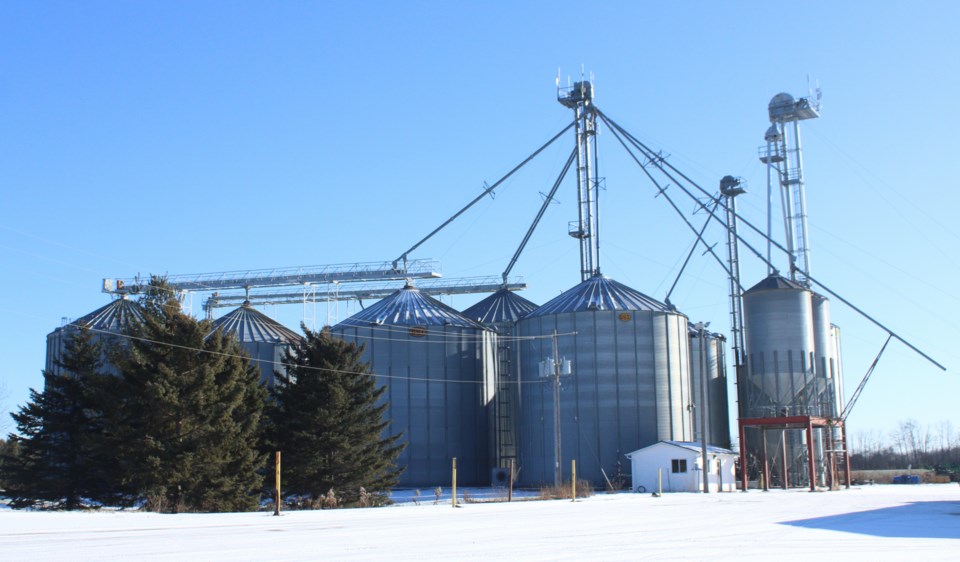WELLINGTON COUNTY – As the County of Wellington is projected to see a population and housing boom over the coming decades, local agriculture officials are calling on the county to protect farmland as much as possible.
To do this, the Wellington Federation of Agriculture (WFA) wants the county to increase its urban intensification target — the amount of population, housing and job growth in existing urban boundaries — to 20 or 25 per cent from 15 per cent and to recognize all agricultural land as prime farmland in zoning.
With provincial population growth allocations, over a 30 year period the county is set to grow by 60,000 residents, 22,000 households and 27,000 jobs.
Meanwhile, a county lands needs assessment report from September 2022 noted a shortfall of 1,700 acres of designated land for this growth, making an urban boundary expansion necessary in many parts of the county often onto agricultural land.
Losing some agricultural land through this growth is inevitable, WFA chair Janet Harrop said in an interview, but more can be done to preserve as much of it as possible.
She said the county has said it can’t reach the 20 per cent intensification target recommended by the province but noted the neighbouring municipalities like Woolwich have done so.
One way she recommended to achieve higher density targets is for new developments to aim for a higher percentage of jobs and people per hectare.
Currently, she said this is set at 40 per hectare but they’re recommending 80 per hectare in urban centres.
“By doing that they’ll be able to intensify more within the existing urban boundary and not build on farmland,” Harrop said.
Barclay Nap, a WFA vice-president, said there’s benefits to increased intensification beyond just saving farmland.
“It’s good for traffic as well, you have less cars on the road if you’re building up, not out,” Nap said.
“You’d have more services within a certain area, you wouldn’t have things spread out as much for those living in urban areas.”
The other piece of this is getting rid of the secondary agriculture zoning label which Harrop said is fragmenting agriculture because additional residential lots can be severed.
“The secondary agricultural designation and the additional residential lot is becoming more speculative as an investment,” Harrop said.
She said this is causing issues in agricultural areas because existing farms are getting smaller and some lots are ultimately seeing no agriculture use at all while still being zoned for it.
“What the federation would like to see is if it’s a residential lot that’s zoned secondary agricultural then it should be zoned residential,” Harrop said. “If it’s a lot that some farming practices can happen on then it should be zoned prime agriculture.”
Ultimately, Harrop said Wellington County has a robust agricultural supply chain and system that the WFA is looking to protect.
She pointed out she knows people in neighbouring counties come to Wellington for some types of supplies because of the “the fragmentation and increased residential homes out in the rural community have made it too congested, those businesses have left.”
Nap also highlighted Wellington County’s strong agricultural industry in an area with good soil and good climate that can feed much of Ontario and exports across the world too.
“It’s a limited resource, once it’s paved over it’s gone forever,” Nap said. “We’re blessed in agriculture to have so much of it compared to the rest of Canada.”
